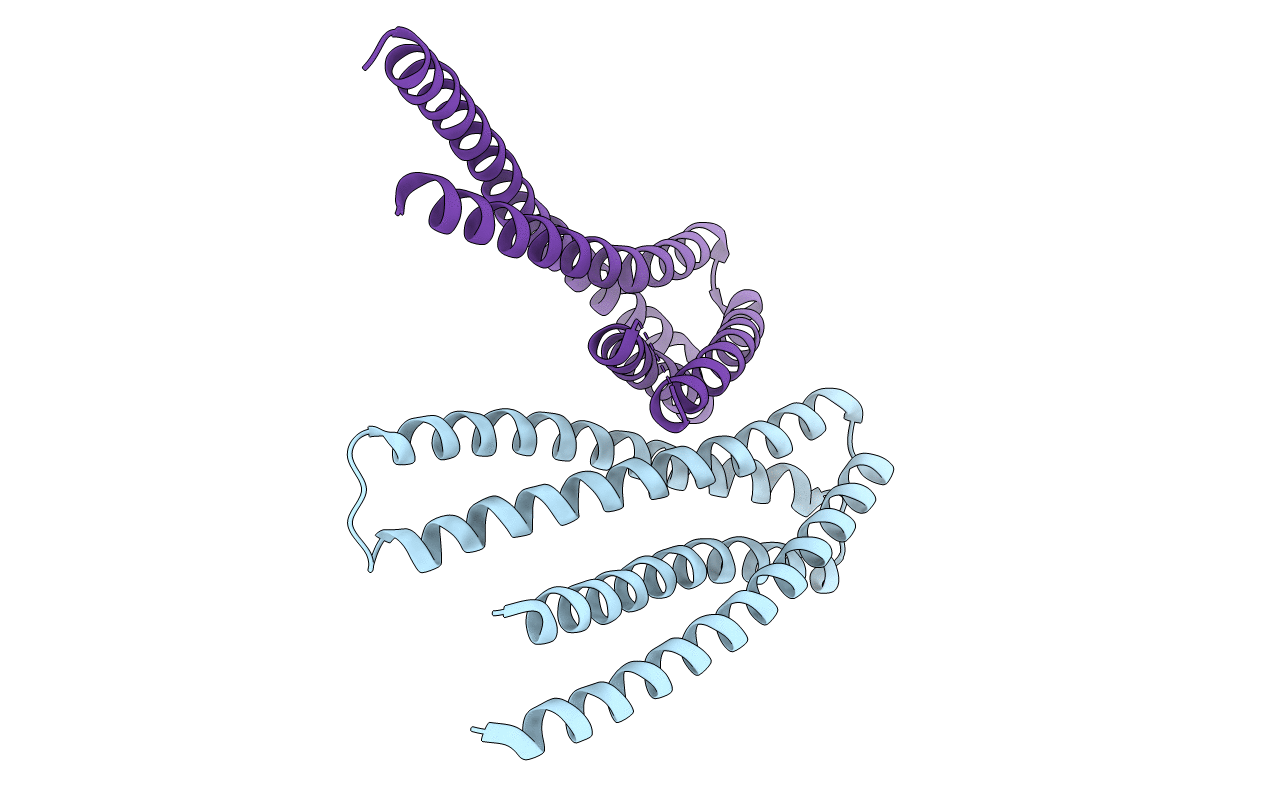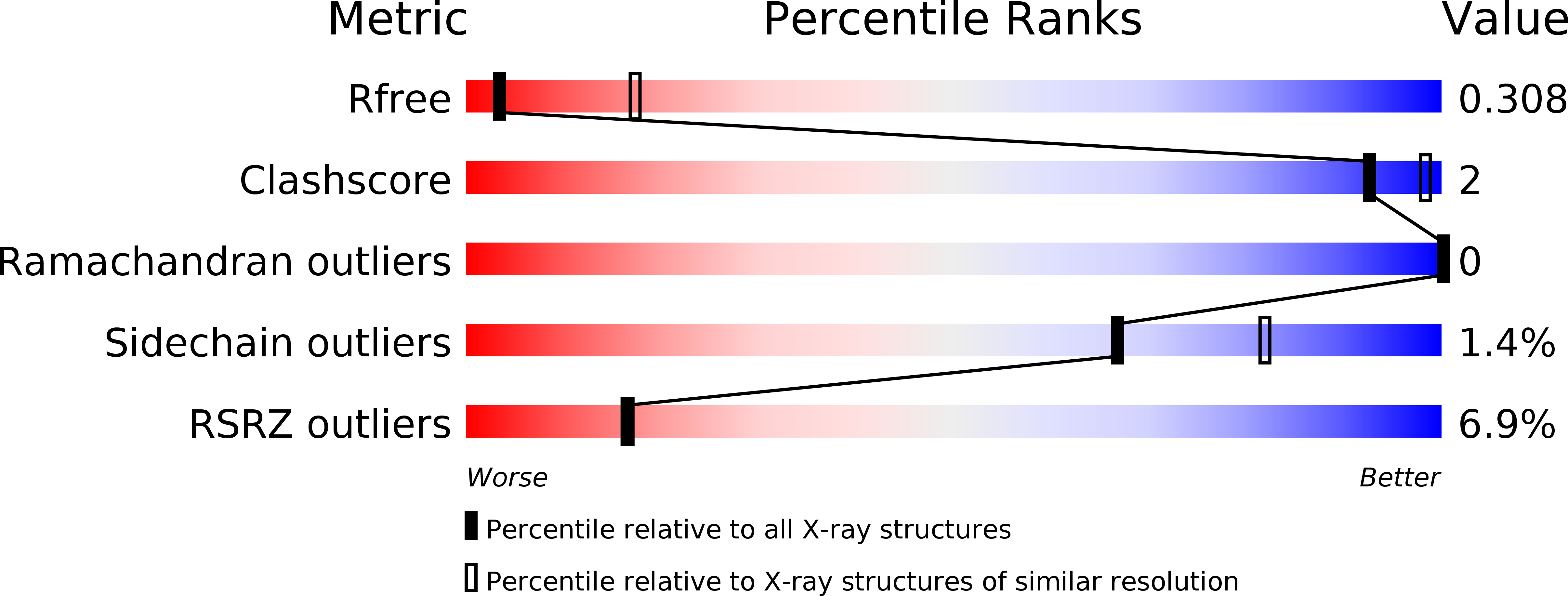
Deposition Date
2015-12-03
Release Date
2016-10-19
Last Version Date
2024-10-30
Method Details:
Experimental Method:
Resolution:
3.29 Å
R-Value Free:
0.29
R-Value Work:
0.24
R-Value Observed:
0.25
Space Group:
C 2 2 21


